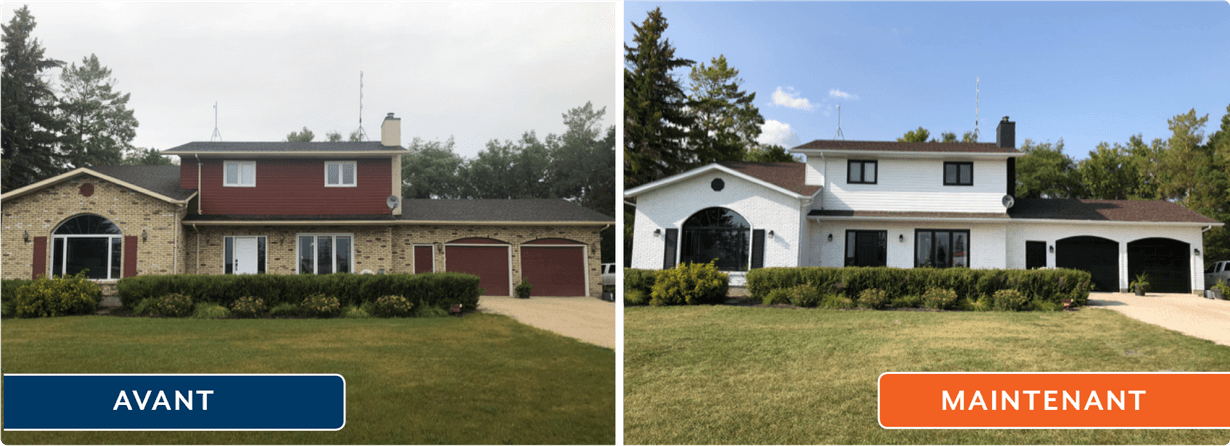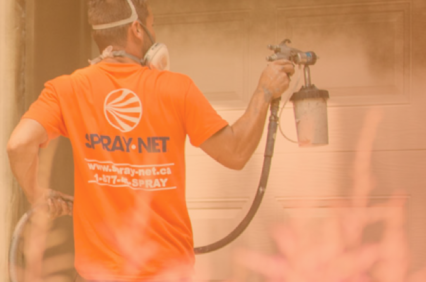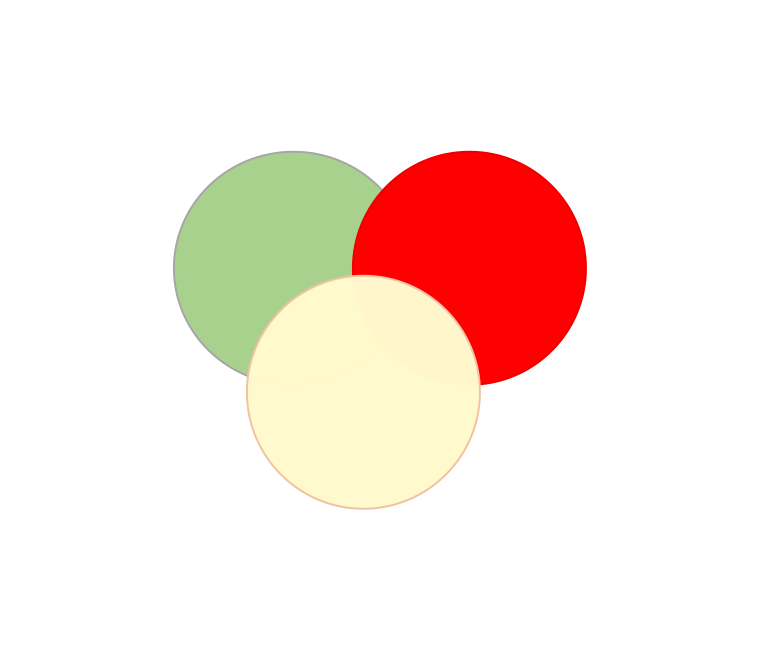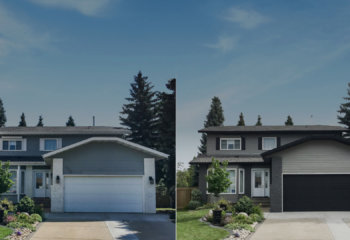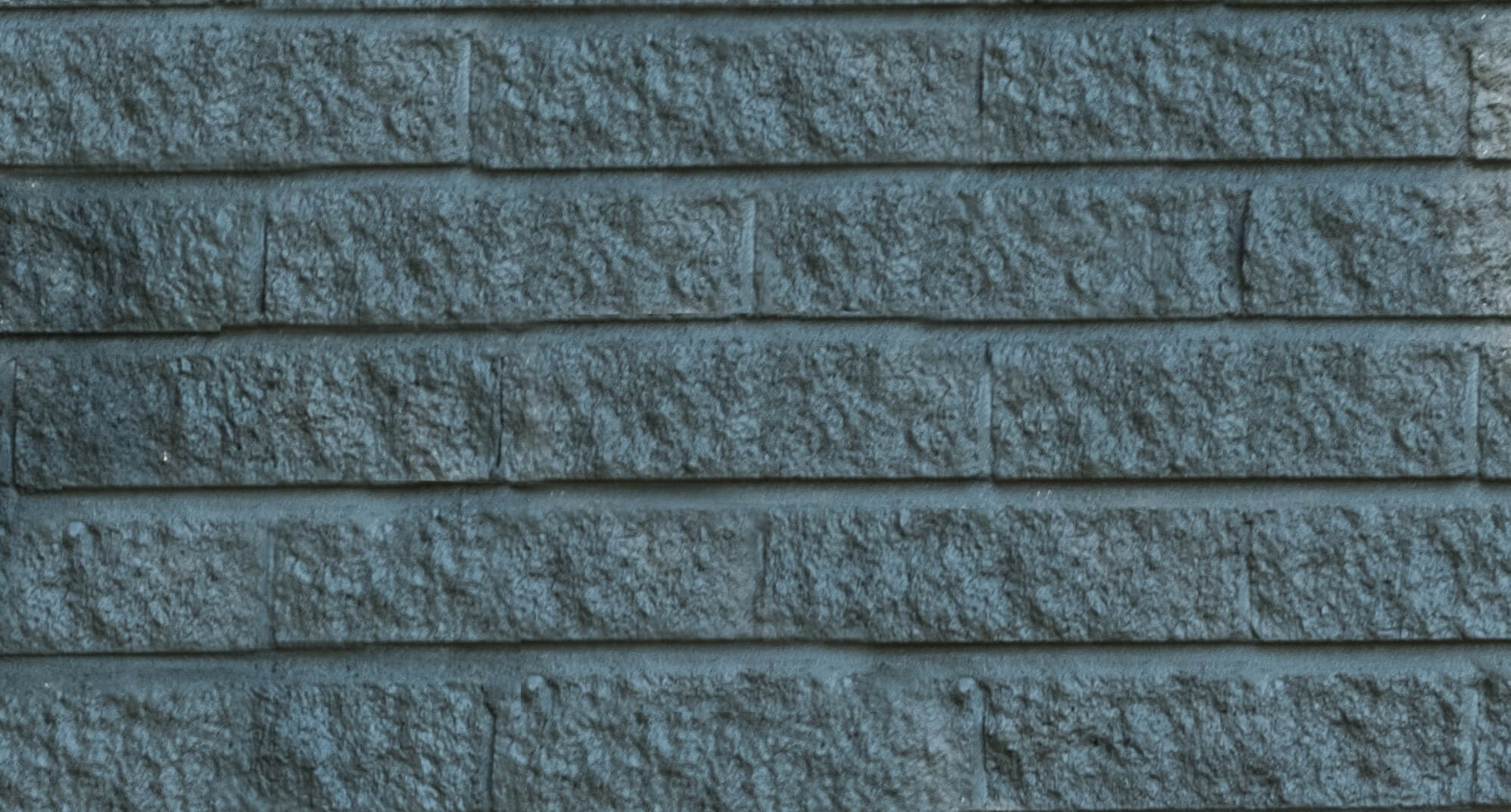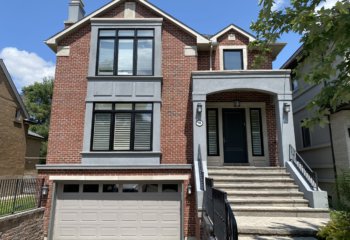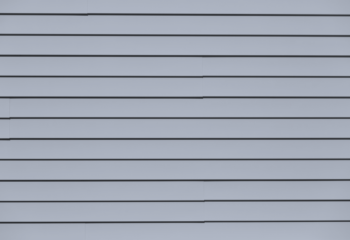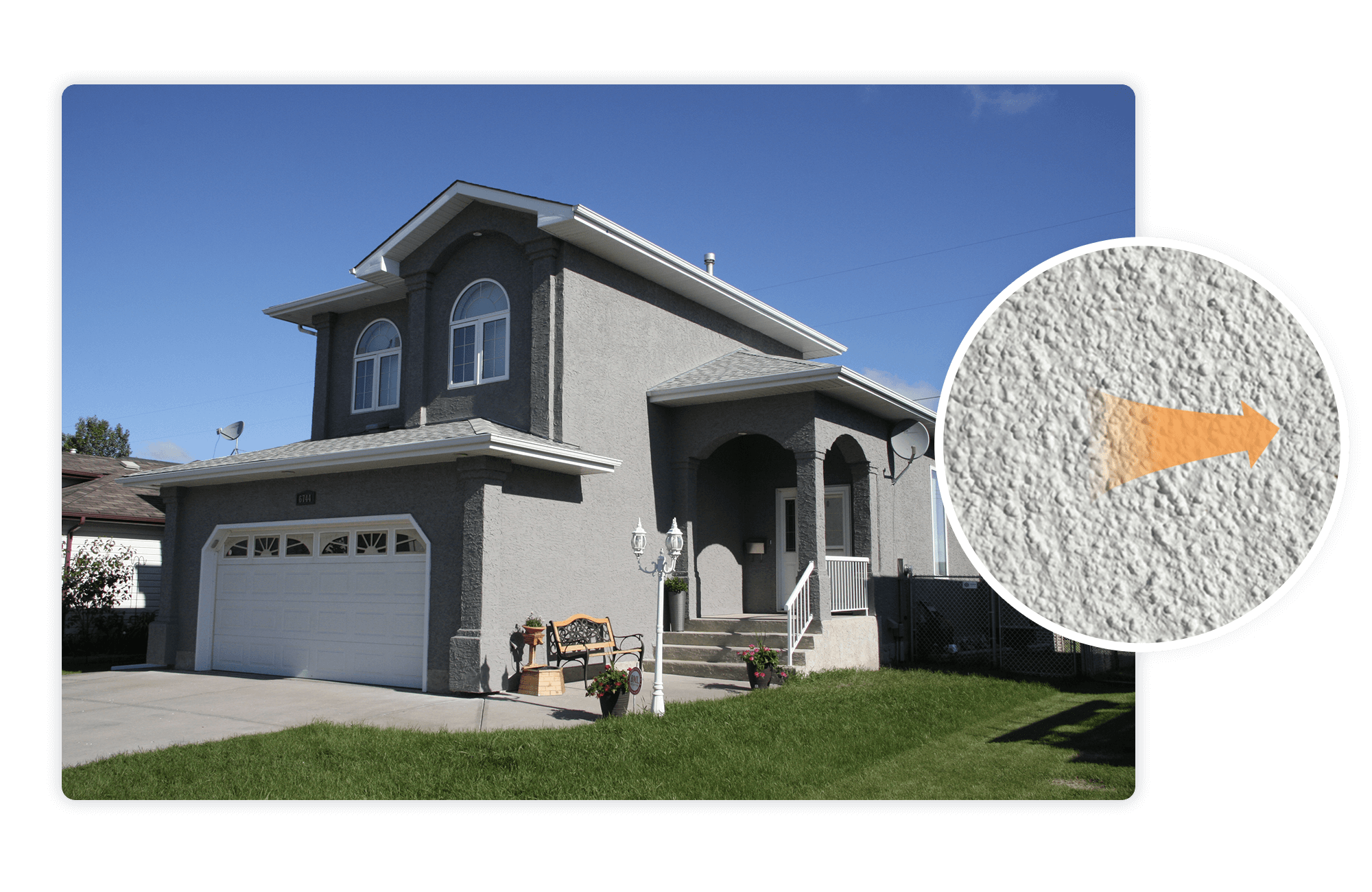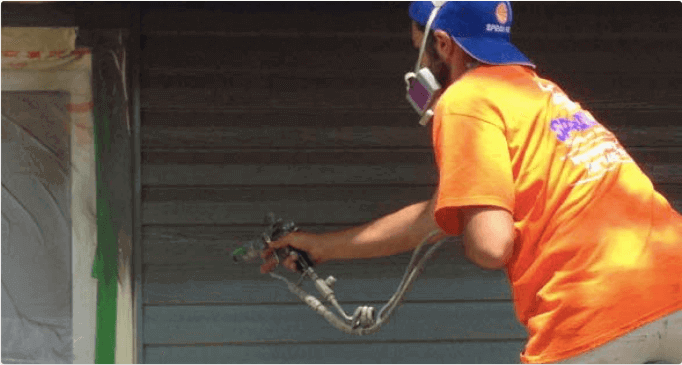Do you want to paint your Hardie board siding? Here is what you should know first.
Hardie board is a brand name for fiber-cement siding that has become all but synonymous with the material it distributes, similar to how the brand name Kleenex has become synonymous with tissues. This can lead to some confusion at the actual nature of fiber-cement siding outside of James Hardie Industries (JHI).
While JHI is still a leading producer of the material – there are other competitors. Some of these other options include MaxiTile, Nichiha, and Allura USA.
Fiber-cement/Hardie board siding is a merging of cellulose fibers and cementitious materials, which is used to cover the exterior of a building. It is often utilized in ways that imitate the visual appeal of wood siding; this is primarily done with overlapping horizontal sheets (though that isn’t always the case). Fiber-cement siding appears in a multitude of styles on millions of buildings across the world. Around 15% of new homes utilize fiber-cement.
Why You Should Use Hardie Board Siding
There is a reason this material is so popular. It provides a number of benefits while still maintaining an aesthetically pleasing appearance. Some of its main advantages include:
Fire Resistant
Although it looks like wood, it doesn’t burn like wood. Though it is not technically flame-resistant like an asbestos material would be, it does not actively feed the flames either.
Resistance to Warping, Shrinkage, and Rot
This is another benefit of not actually being wood. The material is all around more resistant and often comes with warranties for up to 30 years. It is made to last.
Resistant to Termites, Fungus.
This may seem repetitive at this point, but it is not wood. The organics that besiege your home with wood will not be able to do harm to Hardie board siding.
Weather Resistant
Fiber-cement siding can withstand much of what nature can throw at it. Wind, snow, rain, hail, and even the sun will have a hard time causing damage or cracking it.
Eco-Friendly
When compared to the toxins released in the production of vinyl, and the fact fiber-cement is produced mainly from sand, cement, and recycled wood – it becomes evident why it is a more sustainable product to utilize. Since it is such a new material and lasts so long, work is still being done to figure out the best practices for the disposal of it.
Since it is such a new material and since it lasts for so long, work is still being done to figure out the best practices for the disposal of Hardie board.
Fiber-cement also ranks high for energy efficiency. It ranks about the same for wood in heat transfer, and much higher than most other synthetic materials.
It goes without saying at this point, but this material is extremely low maintenance and highly durable. Hence the popularity.
The Downsides of Hardie Board Siding
Expensive
While other materials like vinyl siding may not last as long, they are also only around 30% of the cost of fiber-cement.
Labor Intensive
Much of that expense comes from not only Hardie board itself but the labor costs as well. Installation and labor can be time-consuming and challenging.
Difficult to Manage
It is a hefty product and requires at least two people to carry. This downside also jacks up shipping costs.
Can You Paint Hardie Board Siding
Yes, you can, and you should. Painting Hardie board siding will significantly improve its look and its longevity. Siding finishes generally last for around 15 years, so you need to do it, and do it right.
Painting, when done properly can really bring out the wood feel of the Hardie board. If you clean the surface correctly, and appropriately apply the paint, you could have a beautiful look that will also protect the siding from cracks and wear.
Some useful painting tips
While we spray paint Hardie board siding with our proprietary coatings for an optimal finish, some of you might be interested in the “how-to”:
- Remove dirt and mildew (bleach is good for that) as failure to do so will leave the stain looking dirty or muddy. A pressure washer, if applicable, can also be useful for this.
- Do not prime (it should come pre-primed)
- Seal cracks with a quality acrylic caulk.
- Use 100% acrylic paint or acrylic latex paint.
- Apply up to two coats of paint.
- Use a paintable caulk made to bond to fiber cement and your trim.
Conclusion
Hardie board – or more accurately fiber-cement-siding is a long-lasting and aesthetically pleasing material that will increase the value of your home. It protects a home from all manner of environmental and biological hazards and is relatively easy to paint or stain. Though it will cost more than some other materials, it is money well spent.
It protects houses from all matters of environmental and biological hazards and is relatively easy to paint. Though it will cost more than some other materials, it is money well spent.
Subscribe to our blog & newsletter.
This is the advantage of subscribing to our blog.



